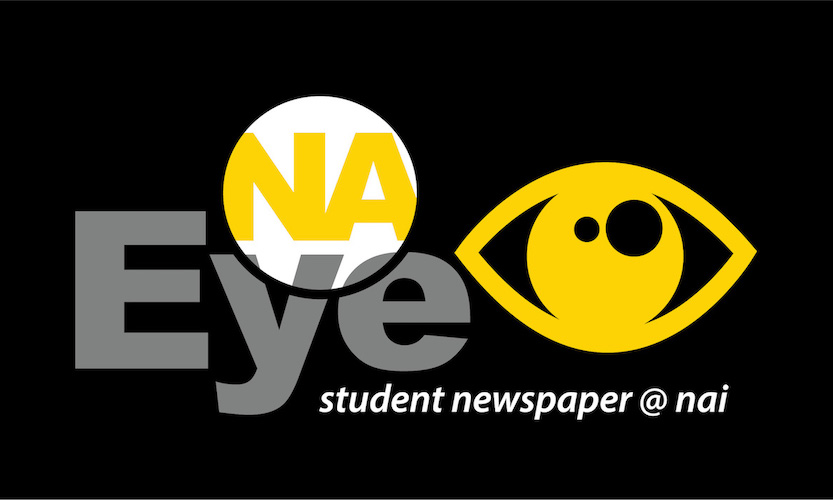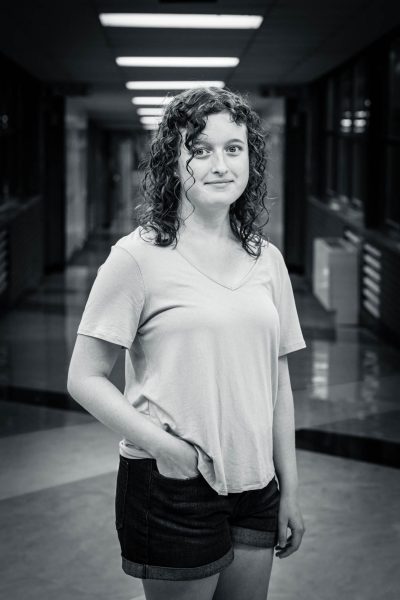As someone who can barely use ChatGPT, I probably shouldn’t be the one writing about AI in schools. But here we are. I really became motivated to write this article after a conversation with my mom when we were talking about what the next big thing to change the world will be. Without skipping a beat, she said, “AI.”
I was prepared to argue, but then I realized that she was right. I just didn’t consider it because AI started infiltrating our lives so quickly that it was like I got desensitized to it before it became truly common. I can’t remember when I started seeing ChatGPT ads pop up, or when I started seeing AI generated art on Pinterest.
It started happening at some point. And if you read part one of this mini-series, you know that it’s become an integral part of our lives. This obviously got me thinking about if we missed our chance to fight it. Is it too late to draw the line at where we let this revolutionary tool into our lives? Where do we draw the line?
And the first place my mind went to when that question formed was School. But is it really fair to rob students and teachers of such a capable, versatile tool? Shouldn’t schools try and stay with the times? Do these benefits outweigh the numerous risks of implementing AI into school curriculums?
Unsurprisingly, there’s a heavy controversy surrounding this topic. Most students feel that it’s a good tool for assisting with schoolwork. Teachers have more complex opinions. Some believe it will aid in creating curriculum and content while others are weary of implementing it in classrooms.
I’ve already had teachers use ChatGPT to complete study guides for test-prep and have talked to some of my friends about using it to create practice tests and notes. “I use AI to help refine my notes when I put them into Quizlet to help me make flash cards,” Alex Williams, in 9th grade, says. No guilt was associated with any of these interactions–if anything, it left my friends feeling better and more prepared for their tests.
Abby Hartwell, Freshman, said, “I would say that it’s a good resource for editing and revising writing.” That made me consider how it can be used in more beneficial ways, similar to what I highlighted in my first AI article. Personally, I’ve used it to critique creative writing of mine (poems, mostly).
One of the best things about writing this article, though, was getting the chance to talk to Mr. Warner–NAI’s psychology teacher and AI expert–and ask questions on how he utilizes AI in his classroom. He showed me programs that he had coded on ChatGPT to help students further their learning, and I was amazed. He later sent me an email with one of the best summaries of AI that I’ve ever read.
“AI offers exciting possibilities as a thought partner, a task efficiency tool, and it can help break down barriers, enhancing access to information and resources. However, like any technology, AI carries risks if we become overly dependent on it, particularly in areas requiring critical thinking and creativity. Ultimately, AI is a tool, and its value depends on how thoughtfully we choose to use it.”
Mr. Hull, my journalism teacher and previous head of the English department, has a much more weary view on the subject. He said, “The major warning of the movie Jurassic Park is that just because you can, doesn’t mean you should. I feel like AI will eventually go too far and replace human intelligence.”
While this is a pretty polarizing view, it’s not actually that far-fetched. Personally, I’m afraid that this could be true within the next few decades–that is, if we focus on progressing AI to seem more human and evolve it to the point where it’s Artificial Life (an AI with sentience). The world definitely isn’t ready for that.
Right now, AI seems like a revolutionary and dangerous tool. I can’t deny that it’s changing the world, but I don’t want to live in a world that lets art die to pave the way for machines. I don’t want to comb through videos or drawings online not knowing if I can trust my eyes or not. And I really don’t want to fall in love with a story or a poem or an essay just to find out that it wasn’t created by a human.
For now, I suppose, we’ll learn how to work with it in school and get used to it being in our daily lives. Maybe we already have.



